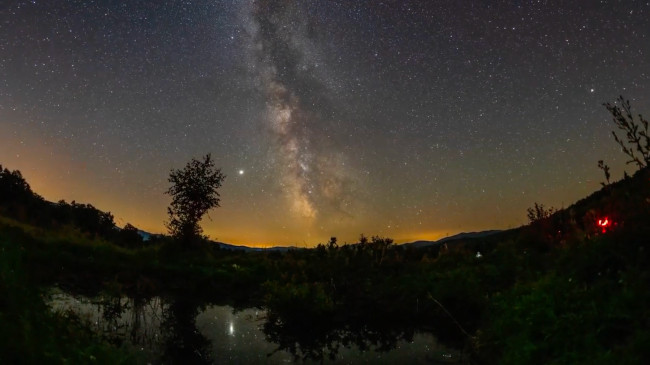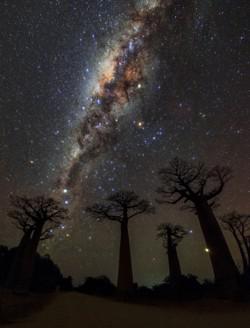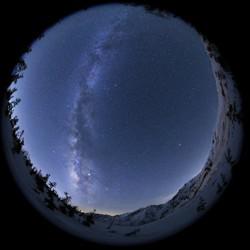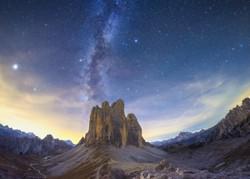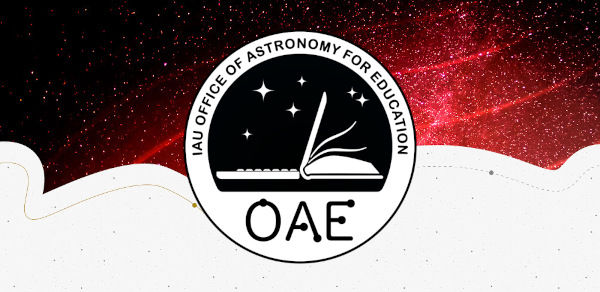Glossary term: Saturn
Description: Saturn is the sixth planet from the Sun, and the second largest of the planets in terms of size and mass. It is a gas giant with a diameter of 120,000 kilometers (km), 9.4 times the radius of the Earth. Saturn has the lowest density of the Solar System planets, less dense than water on Earth. It has a mass of 95 times the mass of the Earth.
Its typical distance from the Sun is 1.4 billion km, about 9.5 astronomical units (Earth–Sun distances). Saturn takes 29.4 years to complete one orbit of the Sun. Astronomers have detected more than 140 moons or natural satellites orbiting Saturn. Among these moons, Titan is the largest, and is the only moon in the Solar System with a significant atmosphere.
Named after the Roman god of agriculture, Saturn is known as the jewel of the Solar System. It can be seen with the naked eye as a matte point of light in the sky. Even though it is over a billion kilometers away from Earth, the beautiful rings that surround it can be seen with a small telescope.
Related Terms:
See this term in other languages
Term and definition status: This term and its definition have been approved by a research astronomer and a teacher
The OAE Multilingual Glossary is a project of the IAU Office of Astronomy for Education (OAE) in collaboration with the IAU Office of Astronomy Outreach (OAO). The terms and definitions were chosen, written and reviewed by a collective effort from the OAE, the OAE Centers and Nodes, the OAE National Astronomy Education Coordinators (NAECs) and other volunteers. You can find a full list of credits here. All glossary terms and their definitions are released under a Creative Commons CC BY-4.0 license and should be credited to "IAU OAE".
Related Media
Saturn
Credit: NASA, ESA, A. Simon (Goddard Space Flight Center), and M.H. Wong (University of California, Berkeley) credit link
License: CC-BY-4.0 Creative Commons Attribution 4.0 International (CC BY 4.0) icons
Flowing Night Sky
Credit: Robert Barsa/IAU OAE
License: CC-BY-4.0 Creative Commons Attribution 4.0 International (CC BY 4.0) icons
Milky Way over Avenue of Baobabs
Credit: Amirreza Kamkar/IAU OAE
License: CC-BY-4.0 Creative Commons Attribution 4.0 International (CC BY 4.0) icons
The Milky Way Across the Zenith
Credit: Ohnishi Kouji/IAU OAE
License: CC-BY-4.0 Creative Commons Attribution 4.0 International (CC BY 4.0) icons
Equatorial Milky Way
Credit: Giorgia Hofer/IAU OAE
License: CC-BY-4.0 Creative Commons Attribution 4.0 International (CC BY 4.0) icons
To guard the Stars and the Sea Together
Credit: Likai Lin/IAU OAE
License: CC-BY-4.0 Creative Commons Attribution 4.0 International (CC BY 4.0) icons
The Pillar of Creation
Credit: Giorgia Hofer/IAU OAE
License: CC-BY-4.0 Creative Commons Attribution 4.0 International (CC BY 4.0) icons

